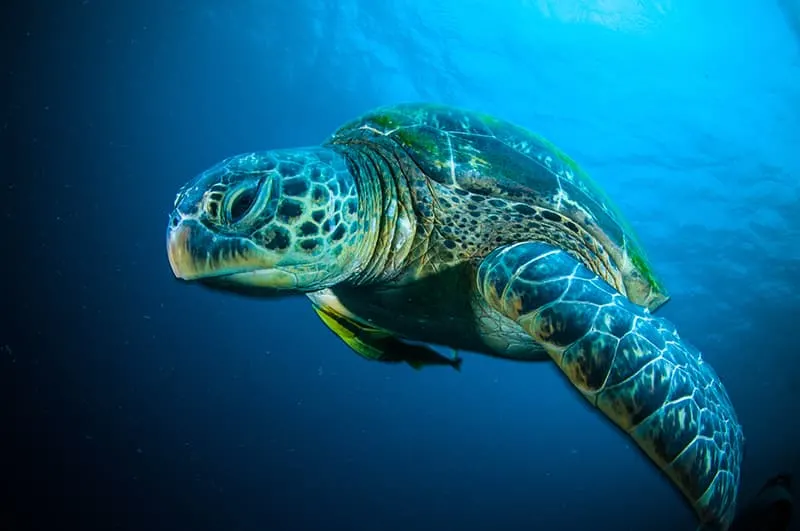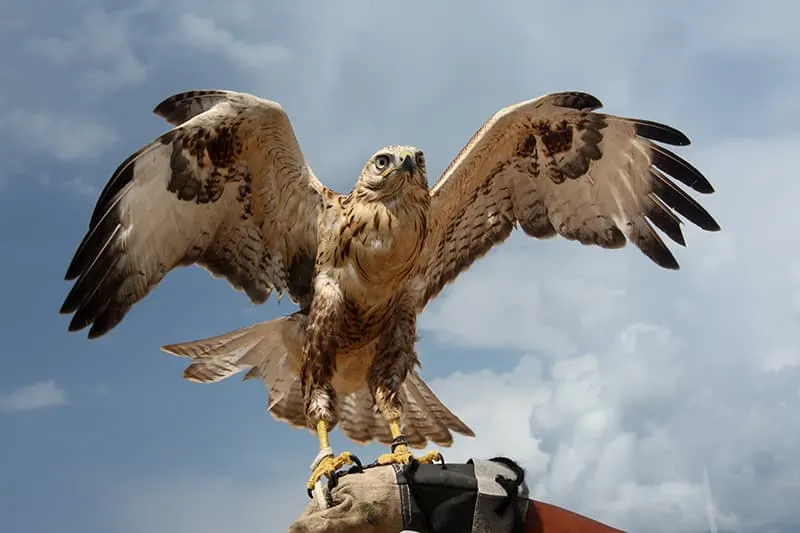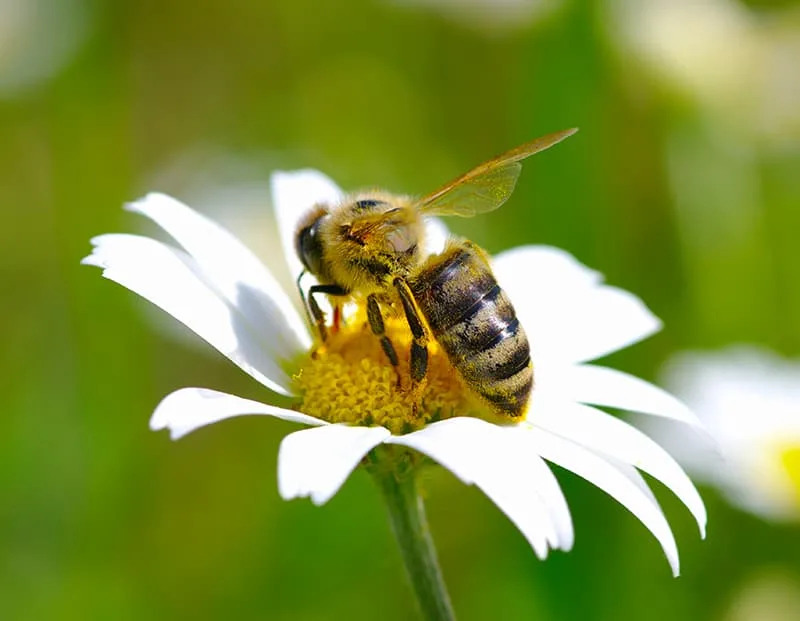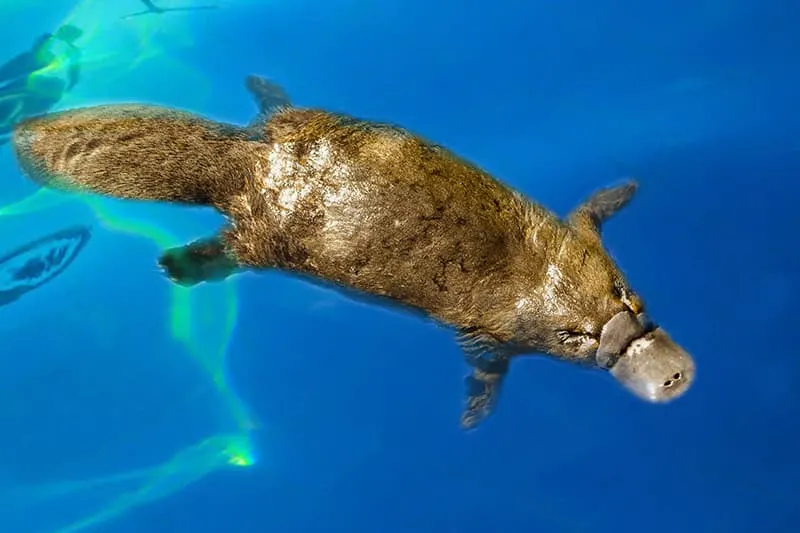Dinosaurs went extinct millions of years ago but there are many modern-day animals that descended from dinosaurs or that lived at the same time as dinosaurs. You may have heard of some of these dino descendants, but I'll bet some are a surprise!
Chickens

Chickens are descended from dinosaurs called theropods which were two-legged dinosaurs. Examples of theropods include Tyrannosaurus Rex and Velociraptors. In fact, fossil studies show that modern day chickens share a considerable amount of DNA with the Tyrannosaurus Rex.
Crocodiles

It’s probably not surprising to hear that crocodiles are descended from dinosaurs called archosaurs which date back to the Early Triassic period, 250 million years ago. The earliest crocodiles evolved during the Late Cretaceous period, 95 million years ago.
Modern crocodiles as we know them today descended from prehistoric alligators called Deinosuchus. The Deinosuchus was a predator that lived in the water, was low to the ground with a long snout, and had a powerful tail and teeth.
Sea Turtles

Sea turtles also evolved from the archosaur. Sea turtles emerged as a distinct type of archosaur 110 million years ago. About 80 million years ago the Archelon, an extinct genus of sea turtle, emerged and is the origin of the modern sea turtle. The Archelon was over 13 feet long and over 16 feet wide, flipper to flipper.
Ostriches

Ostriches have existed for over 66 million years. Like all birds, they are descended from dinosaurs dating back to the late Cretaceous period. They share similar size and features to the velociraptor, such as their claw-like talons.
Tuatara Lizards

While all lizards and reptiles are related to dinosaurs, the tuatara lizard is the closest relative of them all. The tuatara lizard is the last surviving member of the Sphenodontia family. They have been around for about 250 million years and now are found only in New Zealand.
Tuatara lizards have saw-like teeth they use to decapitate birds, have dark green scales, spiny backs and large black eyes. They are currently classified as vulnerable to extinction.
Sharks

Sharks have been around for over 450 million years making them one of the oldest animals in the world, even older than dinosaurs. Sharks evolved to what we would recognize as sharks during the Silurian period. There were giant sharks such as the Megalodon and unusally shaped sharks like the Helicoprion with a spiral-shaped tooth structure or the Stethacanthus with its anvil-shaped dorsal fin.
Crabs

Crabs actually pre-date dinosaurs, having appeared 200 to 150 million years ago in the Jurassic period. About 80% of modern crabs evolved during the Cretaceous period during what some call the Cretaceous crab revolution.
The Megaxantho Zogue crab was the first crab to develop a claw that gave it the ability to break the shells of its prey. The diversity of crabs to survive in a variety of environments is what helped them survive mass extinctions like the one that saw the end of dinosaurs.
Falcons

Pterosaurs were flying reptiles that had features of both dinosaurs and birds. They existed during the Mesozoic era. The Archaeopteryx was a pterosaur that existed around 150 million years and looks remarkably similar to the modern-day falcon.
Parrots

The Psittacosaurus dinosaur is commonly referred to as the parrot dinosaur. The Psittacosaurus lived around 100 million years ago and featured a powerful curved beak, dagger-like claws, walked on two legs, and ate plants and nuts.
Snakes

Snakes actually pre-date dinosaurs. They’ve been around for over 140 million years old, twice as old as the Tyrannosaurus Rex. They’ve managed to survive multiple mass extinctions, including the one that saw the end to dinosaurs.
Bees

While bees are not descended from dinosaurs, they did emerge at the same time as dinosaurs, during the Cretaceous period, about 60 million years ago, the same time as the Tyrannosaurus Rex.
Duck-billed platypus

The duck-billed platypus has been around 120 million years ago, meaning it lived alongside the dinosaurs. The platypus’ forebearer had teeth but as the platypus’ eating habits became more specialized, it began relying more heavily on its bill. The platypus is the only surviving mammal from the time of the dinosaurs making it the oldest mammal in the world.
